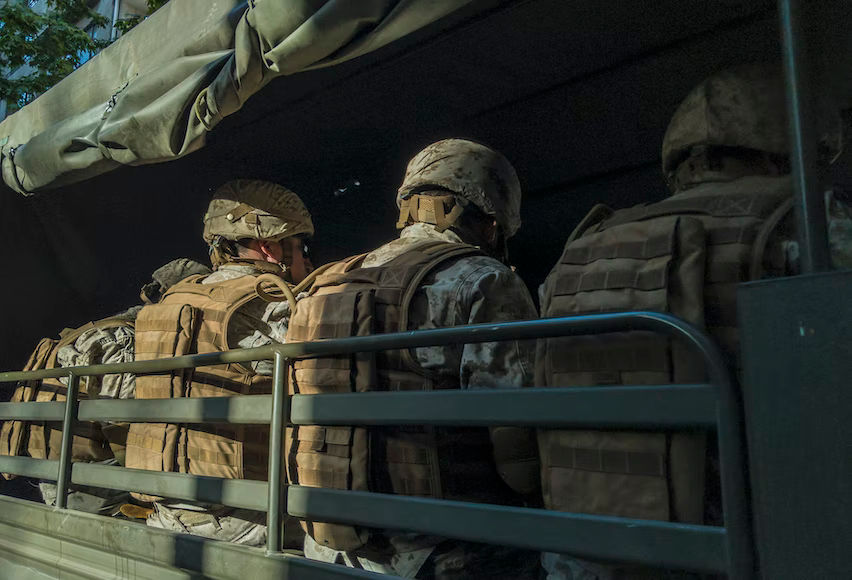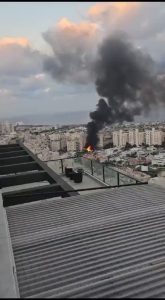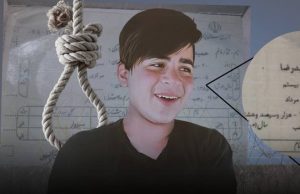The United States conducted airstrikes in Syria’s Deir Ez-Zor region, where militias backed by Iran’s paramilitary Revolutionary Guard have set camp. However, Iranian authorities have not acknowledged the airstrikes so far.
The US military’s Central Command said the strikes “took proportionate, deliberate action intended to limit the risk of escalation and minimize the risk of casualties”, news agency Associated Press reported.
Also Read: In Russia-Ukraine conflict, an Iranian drone twist
What is the Islamic Revolutionary Guard Corps?
The Islamic Revolutionary Guard Corps (IRGC) was formed in 1979, months after the ‘Islamic Revolution’ ended in the country that year. The organisation, at least in the past decade, is known to have influence that extends beyond Iran’s international borders.
According to the International Council on Foreign Relations, the IRGC directly reports to Iran’s supreme leader. It is also influential in domestic politics, and many senior officials have passed through its ranks.
Then- US President Donald Trump tagged the Islamic Revolutionary Guard Corps as a terrorist organisation in 2019. Trump said that the IRGC “participates in, finances, and promotes terrorism as a tool of statecraft.” Politico reported in May this year that Joe Biden has no plans to take the IRGC off the terrorist blacklist.
Running almost parallel to Iran’s armed forces, the IRGC gained momentum in the Iran-Iraq War (1980-1988). According to the International Institute for Strategic Studies, the conflict “institutionalised” the IRGC, which added about 125,000 troops under its command.
Also Read: A crisis averted: Why the world can run without Russian oil
The Islamic Revolutionary Guard Corps has set up five core branches. These include:
Ground forces: The ground force of the IRGC is its most populated active department. It has more than 100,000 troops, which have been spread over Iran’s 31 provinces and Tehran.
Basij paramilitary force: The Basij paramilitary force is a reserve department of the IRGC. It has about 600,000 volunteers who can be mobilised when needed.
Navy: Separate from Iran’s conventional naval forces, the IRGC’s forces are largely stationed at the Strait of Hormuz, a sensitive passage that facilitates 20% of the world’s crude oil and petroleum products transit, according to the US Energy Information Agency.
Air force: The Islamic Revolutionary Guard Corps also has its own air force, which does not report to the country’s conventional Air Force. Iran’s ballistic missile programme is reportedly run by IRGC’s air force.
Cyber command: Most of IRGC’s cyber command operations are not available to the public. However, the International Institute for Strategic Studies reported that cyber command works with the IRGC-affiliated businesses on military and commercial espionage.







